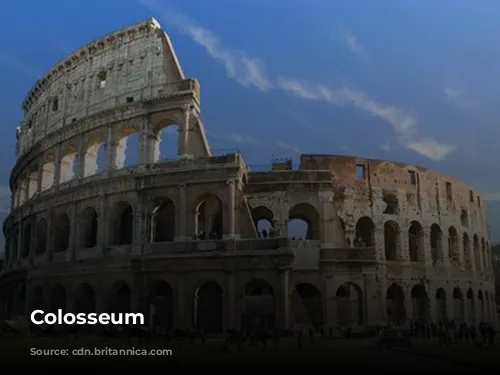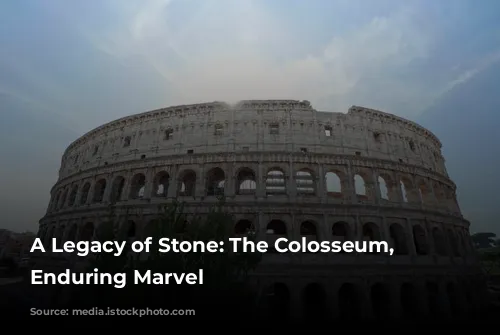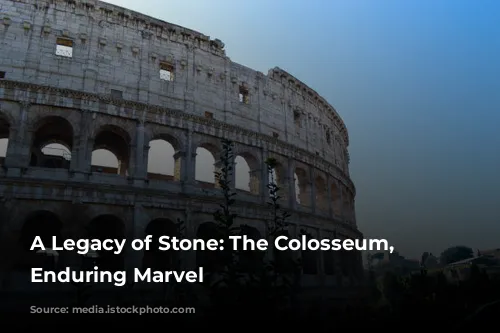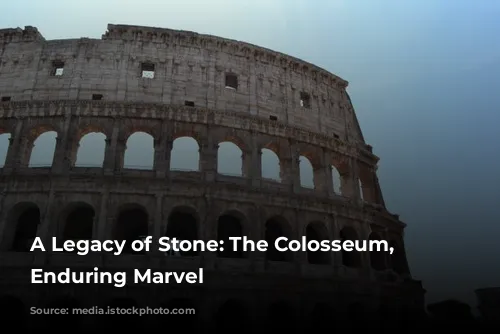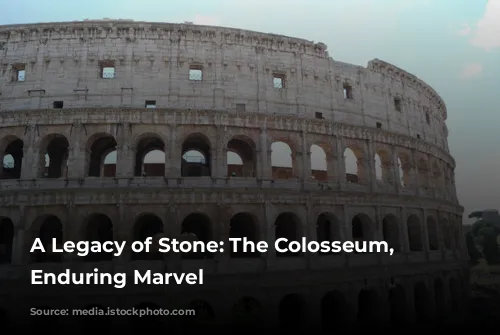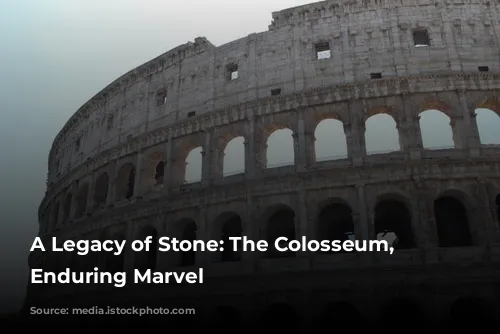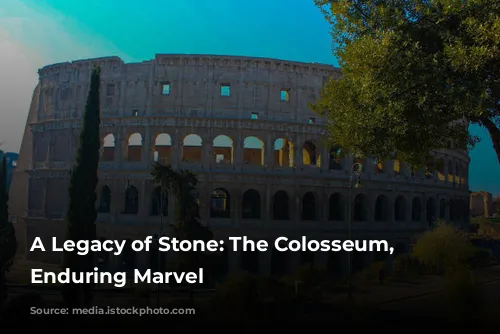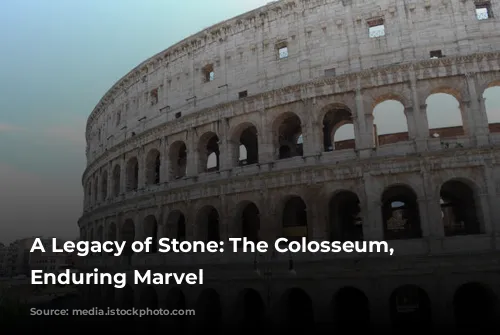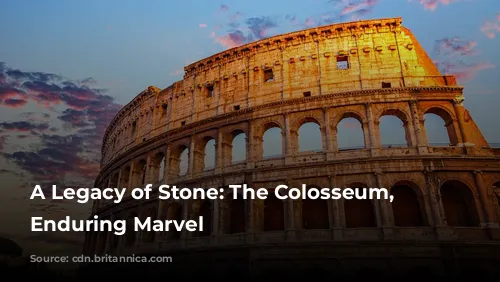The Colosseum, one of the few surviving structures from the Roman Empire, stands as a testament to ancient Rome’s architectural brilliance and engineering prowess. This iconic monument, attracting millions of tourists each year, has not only become a symbol of the Roman Empire but also a significant source of revenue for the Italian government. In 2018 alone, the Colosseum, Roman Forum, and Palatine Hill generated over $63.3 million (€53.8 million), making it the top tourist attraction in Italy.
A Monument’s Journey: From Arena to Quarry
The Colosseum’s journey through time has been marked by both grandeur and neglect. After the fall of the Western Roman Empire, the once-mighty structure fell into disrepair. During the 12th century, the Frangipane and Annibaldi families repurposed the arena, transforming it into a fortress. Later, in the late 15th century, Pope Alexander VI allowed the Colosseum to be used as a quarry, its magnificent stones plundered for other construction projects. For over a thousand years, the Colosseum endured neglect, a silent witness to the passage of time. It wasn’t until the 1990s that state-funded restoration efforts began, breathing life back into this historical gem.
A Symbol of Imperial Power: The Colosseum’s Rise
The construction of the Colosseum was a grand project, symbolic of the Roman Empire’s power and its desire to revitalize the city after the turbulent year of the four emperors (69 CE). Emperors Vespasian, Titus, and Domitian each played a role in its construction and evolution. Vespasian, a pragmatic ruler, envisioned the Colosseum as an entertainment venue for the Roman people, a place to host gladiator fights, animal hunts, and even mock naval battles.
Vespasian, a pragmatic ruler, envisioned the Colosseum as an entertainment venue for the Roman people, a place to host gladiator fights, animal hunts, and even mock naval battles. This magnificent structure, designed to entertain thousands of Romans, was financed by the spoils of war, plundered from Jerusalem by Titus. Sadly, this funding came at a high price, as enslaved Jewish people from Judaea were forced to build this iconic monument.
A Masterpiece of Architecture: A Colossus of Entertainment
The Colosseum, also known as the Flavian Amphitheatre, is a masterpiece of Roman engineering. This elliptical structure, built of stone, concrete, and tuff, rises four stories high. Its massive scale, measuring 620 by 513 feet (189 by 156 meters), accommodated an impressive 50,000 spectators. The Colosseum’s design was revolutionary for its time, showcasing Roman architects’ innovative use of materials and structural techniques. It incorporated barrel vaults and groin vaults, ensuring the arena’s stability and strength. The Colosseum’s exterior, adorned with three stories of arcades framed by engaged columns in the Doric, Ionic, and Corinthian orders, became a defining element of Renaissance architecture, influencing the concept of “the assemblage of orders.”
A Spectacular Spectacle: From Combat to Awe
The Colosseum was more than just a building; it was a stage for spectacular spectacles, designed to entertain and awe its audience. The massive retractable velarium, a sunshade that covered the arena, was a marvel of engineering. Supported by masts extending from the top story, it was manipulated by hundreds of Roman sailors. The Colosseum witnessed countless gladiatorial battles, contests between men and animals, and even mock naval engagements. However, while the Colosseum has been linked to the persecution of early Christians, there’s no concrete evidence to confirm their martyrdom in this arena.
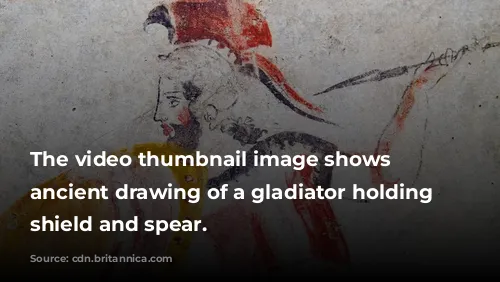
A Legacy of Endurance: From Ruins to Restoration
Over time, the Colosseum, once a symbol of Roman grandeur, fell into disrepair. It was used as a church, then as a fortress by the Frangipane and Annibaldi families. Lightning strikes, earthquakes, and vandalism took their toll, stripping the arena of its marble seats and decorative materials. For over a thousand years, the Colosseum was treated as a quarry, its stones used for other building projects. In the 19th century, preservation efforts began in earnest, with Pius VIII leading notable initiatives. Finally, in the 1990s, a major restoration project breathed life back into the Colosseum.
Today, the Colosseum, a testament to Roman ingenuity and a symbol of the enduring legacy of the Roman Empire, stands as one of Rome’s most beloved attractions, welcoming nearly 7 million visitors each year. It continues to captivate the imagination of visitors from around the world, offering a glimpse into the grandeur and spectacle of ancient Rome. Regular exhibitions delve into the culture of ancient Rome, enriching the experience for visitors and reminding us of the profound impact of this powerful civilization.

